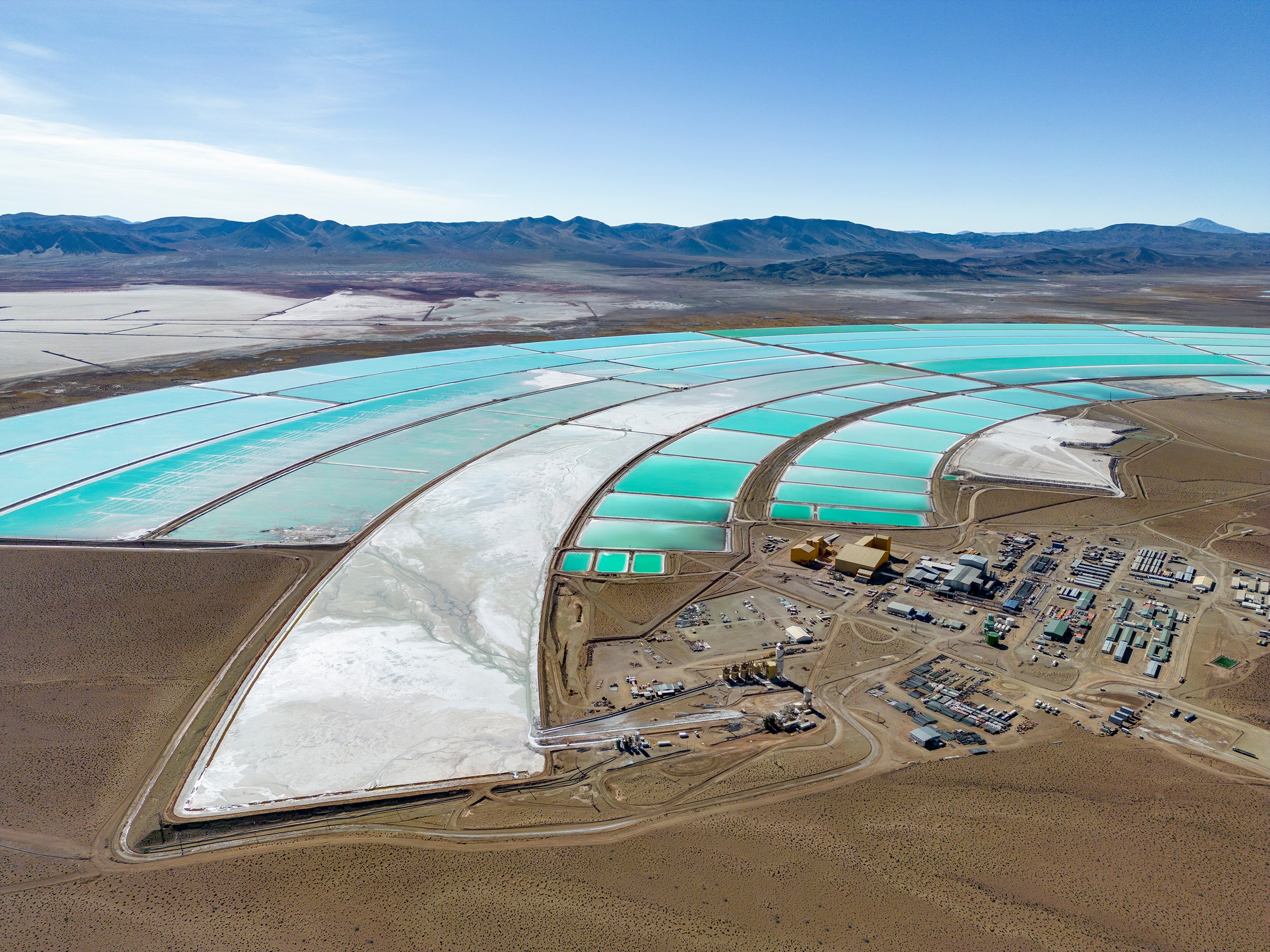Trading Crude Oil After OPEC’s Surprise Production Cut
Gasoline prices are expected to rise in the U.S. after OPEC announced a surprise production cut on April 2, which triggered a strong rally in the crude oil market.

On April 2, the Organization of the Petroleum Exporting Countries (OPEC) announced a surprise production cut set to take effect in May.
The group plans to cut production by about 1.1 million barrels per day and maintain that level through the end of 2023. The move is designed to firm up prices in the event of a global economic recession.
With global oil markets already constrained by sanctions associated with the war in Eastern Europe, the OPEC supply cut will almost certainly push prices higher in the coming weeks. Most experts expect oil prices to climb by at least $3/barrel as a result of the OPEC cuts, and possibly as high as $10/barrel.
During the first three months of 2023, oil prices dropped from roughly $82/barrel down to $65/barrel. However, prices reversed course at the end of March and rebounded back above $75/barrel on the last day of Q1.
In response to the OPEC announcement, crude oil prices jumped by roughly 7% and are now trading back above $80/barrel. That means crude oil prices have rallied by roughly 23% since March 20.
BREAKING: The price of crude oil is up 7% after OPEC cuts production
Here we go again pic.twitter.com/XI3qUyS7X8
— Genevieve Roch-Decter, CFA (@GRDecter) April 2, 2023
Higher oil prices almost always translate to higher gasoline prices, which is virtually guaranteed this time around.
Gasoline prices generally go up about $0.25/gallon for every $10 move in crude oil. So if crude oil prices jump from $75/barrel to $85/barrel, most Americans can expect to pay an additional $0.25/gallon at the pump.
However, the actual increase will vary depending on one’s specific region because other factors can impact the price of gasoline in a particular market.
For example, Circle K recently announced that gasoline supplies are currently at a critical level in Arizona as a result of supply chain complications. That means any uptick in crude oil prices could have an outsized effect on gasoline prices in that particular region.
The national average for a gallon of regular gasoline rose a nickel since last week to hit $3.48. Robust demand for gasoline and rising oil prices are the driving factors for the recent uptick in pump prices. https://t.co/nkynuEhbcT
— RVBusiness Magazine (@RVBmagazine) April 2, 2023
At present, the national average for a gallon of regular gasoline is about $3.50/gallon, as highlighted in the above tweet. That’s up from roughly $3.37/gallon a month ago.
However, gasoline prices are well below the record highs observed last summer after Russia’s surprise invasion of Ukraine. Last June, the national average for a gallon of regular-grade gas was above $5/gallon, which was a new all-time high. Back then, crude oil was trading for more than $120/barrel.
If one assumes that gasoline prices drop by $0.25 for every $10 drop in crude oil prices, one can estimate how prices were impacted when oil dropped from $120/barrel down to $70/barrel.
A $50 drop in the price of oil would equate to a decline of roughly $1.25 in the price of gasoline, which is what was observed from last summer through the end of Q1 2023.
From June of last year through mid-March of 2023, oil prices dropped from over $120/barrel down to $70/barrel, while gasoline prices dropped from roughly $5/gallon down to $3.50/gallon.
Those figures suggest that if oil climbs by $10 in the coming weeks, the national average price for gasoline in the U.S. should rise from $3.50 to about $3.75, or slightly above.
However, investors and traders should keep in mind that the OPEC cuts aren’t expected to be instituted until May. That means further deterioration in the global economy could counteract the impact of the OPEC cuts, by pushing down demand.
Alternatively, if the economy avoids recession in Q2, oil and gasoline prices could move even higher heading into the “summer driving season.” In the U.S., the summer driving season begins during Memorial Weekend.
Gasoline demand in the U.S. tends to peak during the three months of summer, with daily demand averaging about 318 million gallons from June through August. Outside of January, which typically marks the low in daily gasoline demand (285 million barrels per day), the other eight months of the year usually see an average daily demand of between 295-305 million gallons.
To follow all of the latest developments in the financial markets, tune into tastylive, weekdays from 7 a.m. to 4 p.m. CDT.
Sage Anderson is a pseudonym. He’s an experienced trader of equity derivatives and has managed volatility-based portfolios as a former prop trading firm employee. He’s not an employee of Luckbox, tastylive or any affiliated companies. Readers can direct questions about this blog or other trading-related subjects, to support@luckboxmagazine.com.






















